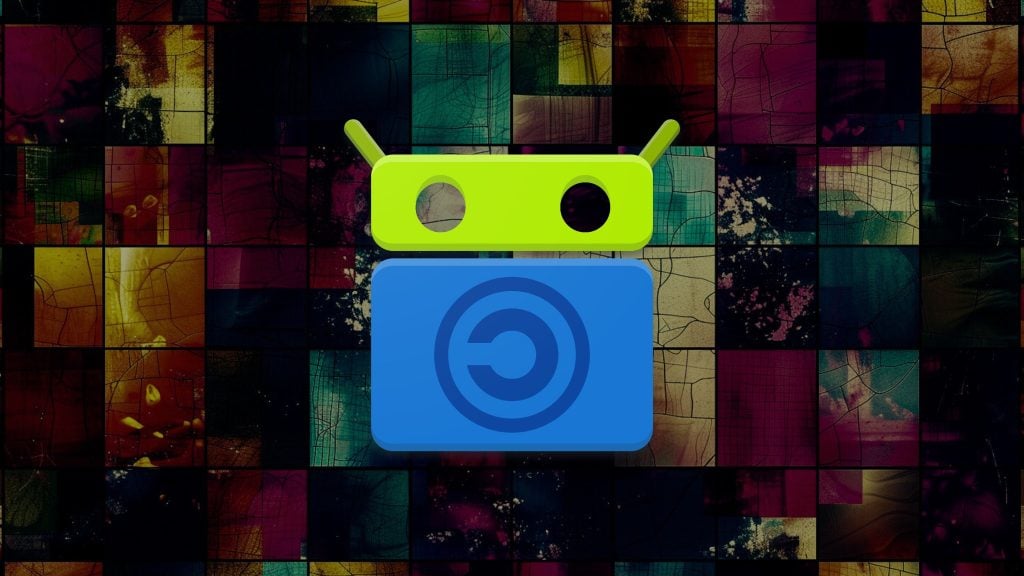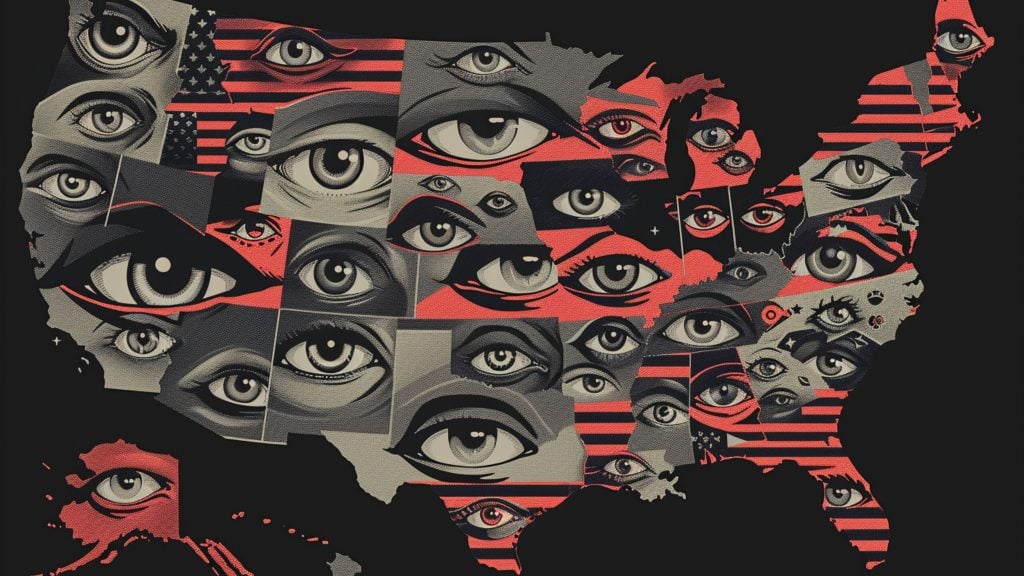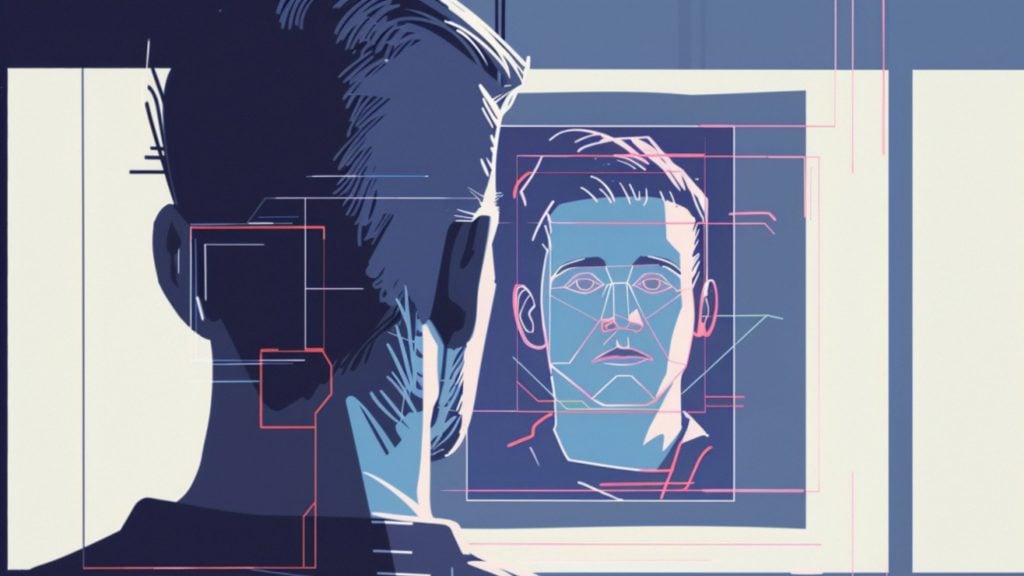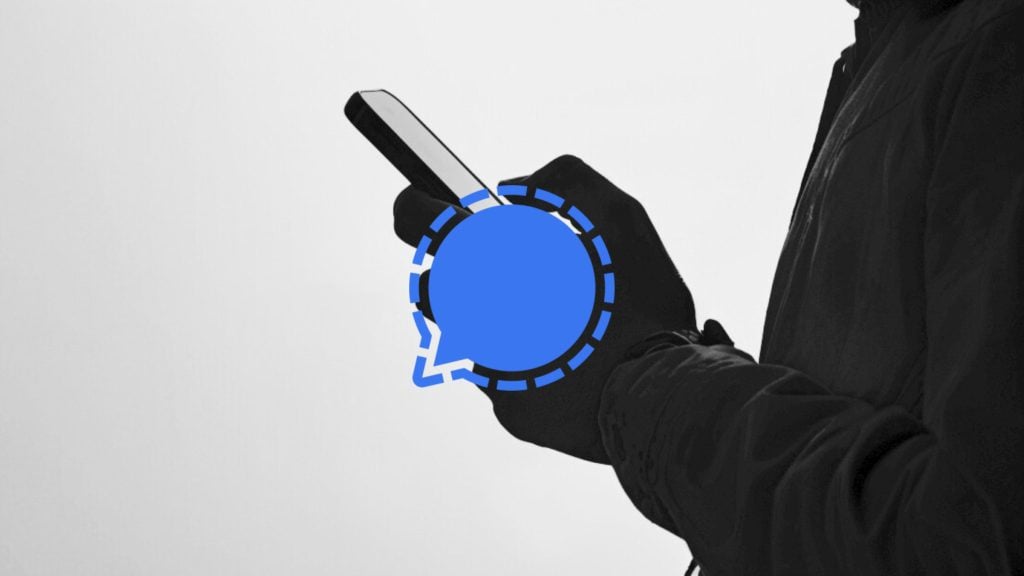Norway is looking to join several countries that are on track to introduce a Central Bank Digital Currency (CBDC) – a centralized form of digital money.
Despite the many controversies – not least related to people’s privacy – that accompany this form of digital money pushed by governments, and clearly, central banks around the world, Norway is reported to be accelerating its efforts, which started all the way back in 2016.
The country’s direction is clear: a move towards a cashless system. A CBDC fits in well with that model, but even before it finally gets introduced (what’s referred to as the “experimental phase” is due to end in mid-2023) several banks stopped using cash as a payment method altogether.
Related: Central Bank Digital Currencies make authoritarianism, censorship, and surveillance easy
In fact, the banks first started their march toward establishing full control over their clients’ payments by removing the cash option the same year the idea of a CBDC was first floated in this Scandinavian country.
And these were major banks, including DNB whose executives at the time made no secret of what the “problem” with cash is: “60 percent of money usage is outside of any control,” one of them is quoted as saying in 2016.
By June this year, the CBDC’s testing phase will be over, when the central bank, Norges Bank, will decide if the next step will involve a prototype.
Last year, the bank publicly released the digital money’s sandbox as open-source code, but then made it clear that the intention is not to have the final product be open-source – rather, it seems to intend to use the advantages of the model during development, and then ditch it.
Some observers point out to some of the problems a CBDC could usher in, including for companies behind private stablecoins, given that more control and regulation is one of the forces driving governments to adopt CBDCs in the first place.
And since CBDCs are tied to people’s identities, the question of privacy inevitably arises.













